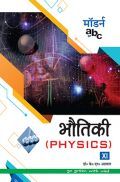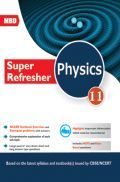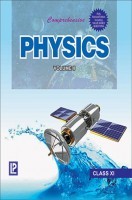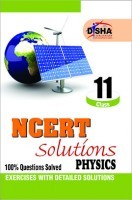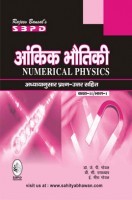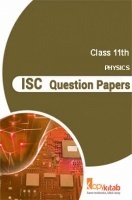This book Useful for Class-11th Students.
1. General Introduction
SECTION A
Experiment 1. To measure the diameter of a small spherical/cylindrical body using Vernier Callipers
Experiment 1(A). To measure the internal diameter and depth of a given beaker/calorimeter using Vernier Callipers and hence find its volume.
Experiment 2. To measure the diameter of a given wire using a screw gauge.
Experiment 2(A). To measure the thickness of a given sheet using a screw gauge.
Experiment 3. To determine the volume of an irregular lamina using a screw gauge.
Experiment 4. To determine the radius of curvature of a given spherical surface by a spherometer.
Experiment 5. To determine the mass of two different objects using a beam balance.
Experiment 6. To find the weight of a given body using the parallelogram law of vectors.
Experiment 7. Using a simple pendulum, plot its L-T2 graph and use it to find the effective length of a second’s pendulum.
Experiment 8. To study the variation of the time period of a simple pendulum of a given length by taking bobs of the same size but different masses and interpreting the result.
Experiment 9. To study the relationship between the force of limiting friction and normal reaction and to find the coefficient of friction between a block and a horizontal surface.
Experiment 10. To find the downward force, along an inclined plane, acting on a roller due to the gravitational pull of the earth and study its relationship with the the angle of inclination by plotting a graph between force and sin .
Activity 1. To make a paper scale of given least count, e.g., 0.2 cm, 0.5 cm.
Activity 2. To determine the mass of a given body using a metre scale by the principle of moments.
Activity 3. To plot a graph for a given set of data, with proper choice of scales and error bars.
Activity 4. To measure the force of limiting friction for rolling of a roller on a horizontal plane.
Activity 5. To study the variation in the range of a projectile with the angle of projection.
Activity 6. To study the conservation of energy of a ball rolling down on an inclined plane (using a double inclined plane).
Activity 7. To study the dissipation of energy of a simple pendulum by plotting a the graph between the square of amplitude and time.
SECTION B
Experiment 1. To determine Young’s modulus of elasticity of the material of a given wire.
Experiment 2. To find the force constant of a helical spring by plotting a graph between load and extension.
Experiment 3. To study the variation in volume with pressure for a sample of air at constant temperature by plotting graphs between P and V, and between P and 1/V.
Experiment 4. To determine the surface tension of water by capillary rise method.
Experiment 5. To determine the coefficient of viscosity of a given viscous liquid by measuring the terminal velocity of a given spherical body.
Experiment 6. To study the relationship between the temperature of a hot body and time by plotting a cooling curve.
Experiment 7. To determine the specific heat capacity of a given solid by the method of mixtures.
Experiment 8. To study the relation between the frequency and length of a given wire under constant tension using a sonometer.
Experiment 9. To study the relation between the length of a given wire and tension for constant frequency using a sonometer.
Experiment 10. To find the speed of sound in air at room temperature using a resonance tube with two resonance positions.
Activity 1. To observe the change of state and plot a cooling curve for molten wax.
Activity 2. To observe and explain the effect of heating on a bi-metallic strip.
Activity 3. To note the change in the level of liquid in a container on heating and interpret the observations.
Activity 4. To study the effect of detergent on surface tension of water by observing capillary rise.
Activity 5. To study the factors affecting the rate of loss of heat of a liquid.
Activity 6. To study the effect of load on depression of a suitably clamped metre scale loaded at (i) its end (ii) in the middle.
Activity 7. To observe the decrease in pressure with an increase in velocity of a fluid.
Logarithmic and Other Tables









